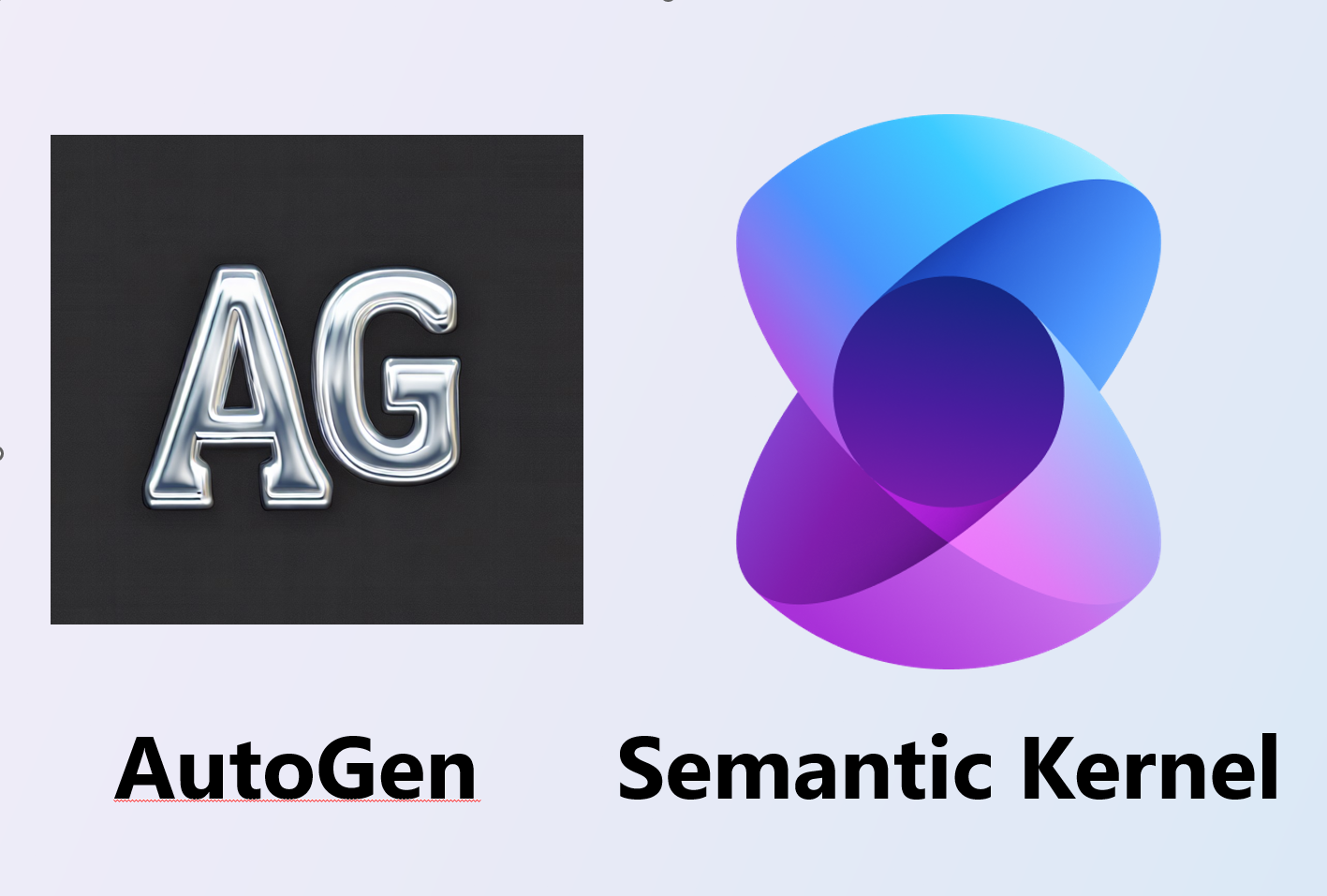Semantic Kernel
The latest news from the Semantic Kernel team for developers
Latest posts

Leveraging Microsoft 365 Agents SDK with Semantic Kernel for Enhanced Multichannel AI
As the landscape of AI continues to evolve, meeting users where they are is vital. We want to spotlight the newly released Microsoft 365 Agents SDK and its seamless integration with Semantic Kernel. This powerful combination empowers developers to create robust AI agents capable of operating across multiple channels, engaging users wherever they are active. With the Microsoft 365 Agents SDK, you can extend the reach of your AI agents beyond a single platform, ensuring they are accessible across various environments and always available to connect with users. What is Microsoft 365 Agents SDK The Mi...

Customer Case Study: Zipp by Sticos – Powered by Semantic Kernel
Today we're featuring Sticos on our Semantic Kernel blog to highlight their customer journey with AI and Semantic Kernel. Who is Sticos Our Vision: Sticos is determined to become the most customer driven company in the world. Together we make incomprehensible legislation easy and practical! What We Do: We combine legal expertise and technology to make it easy for businesses to comply with regulations and to make right and smart decisions. Sticos’ history in AI In February 2017, before any LLM we launched a HR Chatbot. It could answer HR related questions, and you could even say ...

Customer Case Study: Fujitsu Kozuchi AI Agent Powered by Semantic Kernel
Customer Case Study: Fujitsu Kozuchi AI Agent Powered by Semantic Kernel Japanese multinational Fujitsu, a pioneer of information and communications technology, has been transforming industries since 1935. With a workforce of 124,000 dedicated professionals across 50 countries, Fujitsu’s mission is to “make the world more sustainable by building trust in society through innovation.” After introducing their groundbreaking Composite AI earlier this year, Fujitsu is back with another innovative business solution. The Fujitsu Kozuchi AI Agent is an autonomous system that functions as a full team member, making pr...

Allow users to talk and listen to your chatbot using Semantic Kernel Python
Until now, Semantic Kernel Python only allowed for the development of text-based AI applications. However, this is no longer the case, as we have expanded its capabilities to include audio as one of the supported modalities. In this article, I will provide a detailed, step-by-step guide on how to create a chatbot that can both speak to and listen to your users. As of the time of this blog post, OpenAI has announced the release of the Realtime API. For further details, you can find more information here. Please note that this blog post is not intended as a tutorial on the Realtime API. The Semantic Kernel team ...

Microsoft’s Agentic AI Frameworks: AutoGen and Semantic Kernel
Microsoft’s agentic AI frameworks, Semantic Kernel and AutoGen are deeply collaborating to provide the best-in-class agentic developer experience. With Semantic Kernel’s enterprise ready AI capabilities, customers can already use and get support for building agent applications and, moving forward, we’ll align the multi-agent runtime in AutoGen (called autogen-core) with Semantic Kernel, allowing customers to create enterprise-ready multi-agent solutions. Our two teams will be working quickly and diligently to get to this alignment, with the goal of making it available in early 2025. Meanwhile, for customers that...

Working with Audio in Semantic Kernel Python
We are pleased to announce the arrival of audio support in Semantic Kernel Python. This new audio functionality will enable you to create more interactive and accessible user experiences. In this blog post, I will detail the new interface, the existing connectors, and provide samples. Please continue reading for more information. Audio-to-Text The first feature we are introducing is the ability to transcribe audio into text. The foundational class for this feature is , which includes two public methods: and . The former returns a list of possible transcriptions based on the number requested, while the latter r...

Customer Case Study: Suntory and Reliability in AI with Semantic Kernel
Suntory Global Spirits is the spirits division of Suntory Holdings, a multinational beverage and food company based in Japan. Suntory is renowned for its high-quality alcoholic beverages, including premium Japanese whisky, gin, vodka, and other spirits. We'll turn it over to Urko Benito from Suntory to dive into their AI journey with Semantic Kernel. The Pursuit of Precision and Reliability in AI From late 2023 through the first half of 2024, our team was deeply engaged in a phase of intensive learning and exploration. With a broad list of potential use cases ranging from chatbots to complex data analysis ...

Transforming Semantic Kernel Functions
Functions are a key component of Semantic Kernel. As an AI Orchestrator, Semantic Kernel coordinates function execution together with Large Language Model (LLM) inference to allow the model return better responses or take action. Semantic Kernel groups related functions as plugins and provides capabilities to generate plugins from native code (e.g. C# classes or functions), REST API endpoints defined using the Open API specification or gRPC endpoints. Consider the following scenario, if I ask an LLM to tell me about the current weather in Dublin it won't be able to provide that information. The reason the LLM ...

Announcing Semantic Kernel for Java 1.4.0
Hello Java AI developers! We are announcing the 1.4.0 release of the Semantic Kernel for Java. Please see the full changelog here. You can find our updates on our GitHub repository and the artifacts on Maven Central. What's New in Semantic Kernel for Java 1.4.0? Vector Store Functionality Goes GA The central focus of this release is for the Vector Store functionality moving out of the experimental namespace and into general availability. This means that the Vector Store in the Semantic Kernel for Java is now stable and ready for production use. You can read more about Vector Stores in the Microsoft Learn do...
